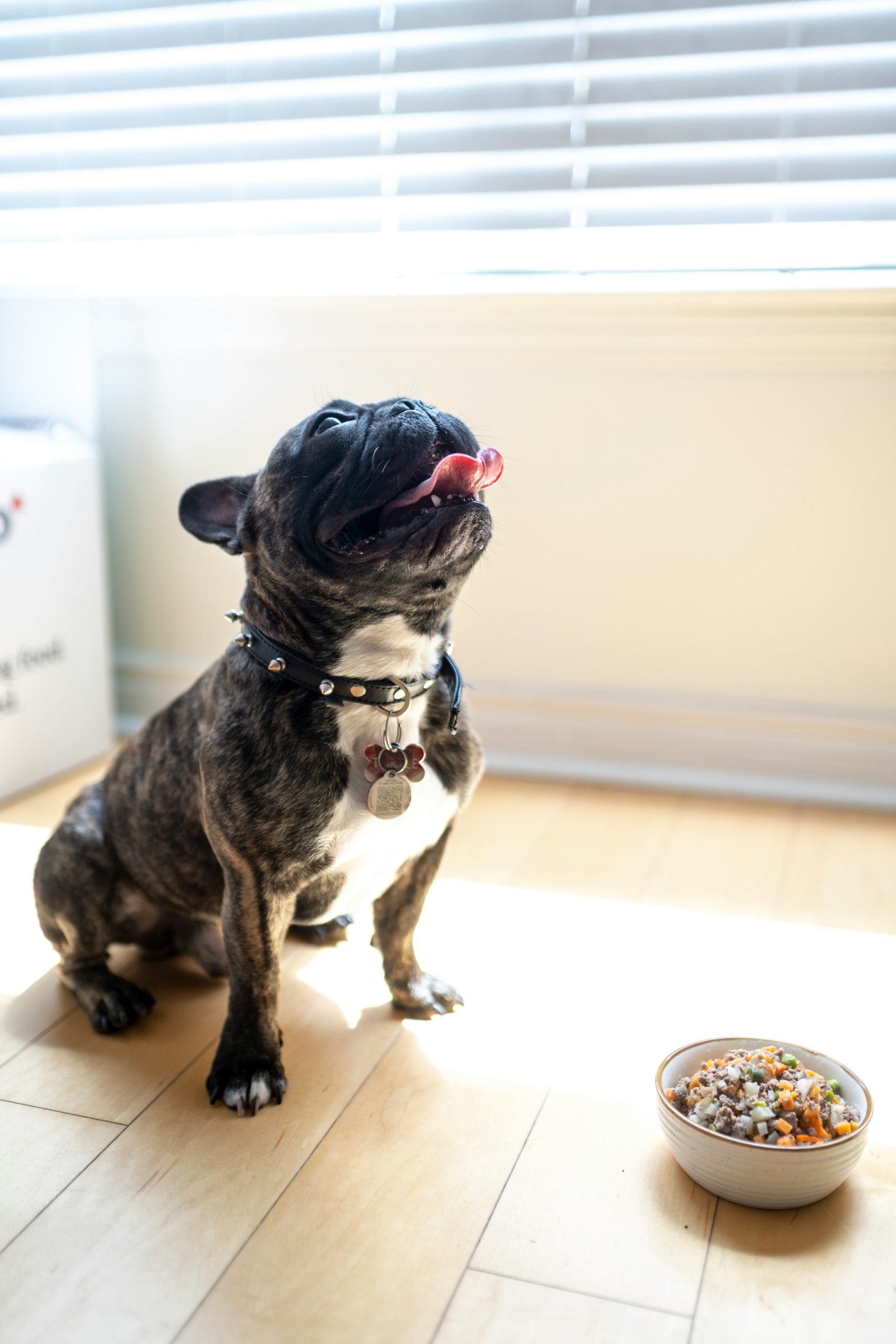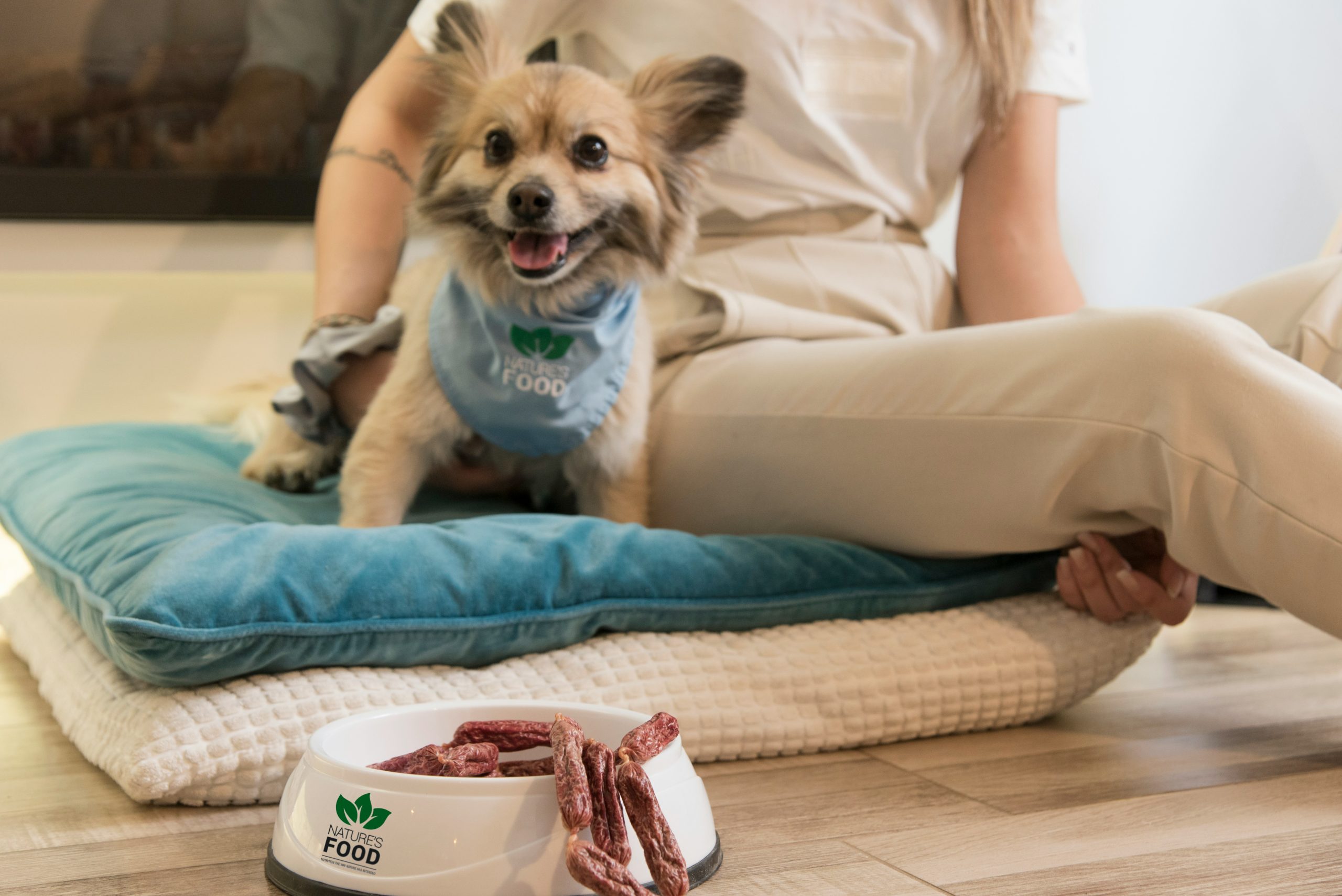The Raw Truth: Navigating the Risks and Rewards of a Raw Food Diet for Dogs
The risks and challenges of a raw food diet for dogs, including concerns over bacterial contamination, nutritional imbalances, and potential choking hazards, are explored alongside expert opinions and guidance on safely implementing this diet.
Overview of Risks and Challenges of a Raw Food Diet for Dogs
The risks and challenges of a raw food diet for dogs are multifaceted, raising important considerations for pet owners looking to switch their furry companions to this feeding regimen. One significant issue revolves around the threat of bacterial contamination in raw meat, which can lead to infections in dogs. For instance, Salmonella and Listeria monocytogenes are pathogens commonly found in raw pet food, posing serious health risks to both pets and their human family members. These bacteria can cause illnesses ranging from mild gastrointestinal upset to severe conditions that may require medical intervention.
Moreover, nutritional imbalances are a crucial concern when it comes to homemade raw diets for dogs. Without proper planning and expertise, these diets can lack essential nutrients, leading to deficiencies that can harm the dog’s health in the long term. For example, an unbalanced raw diet may result in deficiencies in vital vitamins, minerals, or macronutrients, compromising the dog’s overall well-being. As a result, pet owners need to be vigilant about providing a balanced diet that meets all of their dog’s nutritional requirements to prevent any adverse health effects associated with malnutrition.
History and Development of Raw Food Diet for Dogs
The BARF (Biologically Appropriate Raw Food) diet, first introduced by Australian veterinarian Ian Billinghurst in 1993, marked a significant shift in the way dogs were fed. Billinghurst’s philosophy advocated for a diet based on raw meaty bones and vegetable scraps, inspired by the pre-domesticated canine diet. For example, proponents of the BARF diet believe that feeding dogs raw bones can help maintain their dental health by reducing plaque and tartar buildup, a practice that simulates what wild canines would consume in nature.
Moreover, the evolution of raw diets for dogs has been shaped by a growing interest in providing pets with a diet that aligns more closely with their evolutionary history. This trend has led to the development of various commercial raw food options that cater to pet owners looking to enhance their dogs’ nutrition with minimally processed ingredients. For instance, some commercial raw food diets include a mix of muscle meat, organs, bones, and vegetables, offering a balanced approach to raw feeding that aims to address the potential pitfalls of homemade raw diets, such as nutrient imbalances.
Potential Benefits of Feeding Dogs a Raw Food Diet
Feeding dogs a raw food diet is believed to offer several benefits that can positively impact their overall health and well-being. One significant advantage is improved digestion, which can lead to better nutrient absorption. For example, the raw food diet includes natural enzymes that aid in the breakdown of food, potentially reducing gastrointestinal issues and promoting a healthier digestive system for the dogs.
Moreover, advocates of raw food diets often highlight that dogs may experience a shinier coat and healthier skin when consuming raw foods regularly. The inclusion of essential fatty acids and vitamins found in raw ingredients can contribute to skin health and coat quality. This is exemplified by dogs that transition to a raw diet and exhibit improvements in their skin condition and the appearance of their fur, showcasing the potential benefits of this type of diet on their external health. Additionally, the lower carbohydrate content in raw diets compared to some commercial dog foods may also play a role in enhancing skin health and coat appearance.
Furthermore, the raw food diet is associated with enhanced dental health and reduced tartar buildup in dogs. Chewing on raw bones and tougher cuts of meat can help naturally clean a dog’s teeth, potentially reducing the risk of dental issues such as plaque and tartar accumulation. This aspect of the diet not only benefits the dog’s oral health but also supports their overall well-being by minimizing the chances of developing dental problems that could lead to discomfort or health complications in the future.
Risks and Challenges of a Raw Food Diet
While raw food diets for dogs are gaining popularity, it’s important to acknowledge the risks and challenges that come with this feeding approach. One major concern is bacterial contamination in raw meat, which can introduce harmful pathogens like Salmonella and Listeria, posing health risks to both dogs and their human companions. For instance, a study conducted by the FDA found that raw pet food samples had a higher presence of disease-causing bacteria compared to other types of pet food, underlining the potential health hazards associated with raw diets.
Moreover, homemade raw diets may lack the necessary nutritional balance required for a dog’s overall health. Without proper planning and supplementation, these diets could lead to deficiencies in essential nutrients, potentially impacting the dog’s well-being in the long run. For example, a diet deficient in calcium or phosphorus can result in bone-related issues, affecting the dog’s skeletal health and overall vitality. Therefore, it’s crucial for pet owners to consult with a veterinarian to ensure that the raw diet is well-balanced and meets the specific nutritional needs of their furry companions. Additionally, the FDA’s cautionary stance on the risks of Salmonella and Listeria in raw pet food serves as a reminder of the importance of informed decision-making when it comes to choosing the right diet for dogs.
Expert Opinions and Disagreements on Raw Food Diet
While some pet owners advocate for raw food diets for dogs, mainstream veterinarians often express skepticism about the benefits these diets offer. Veterinarians stress the significance of balanced nutrition, highlighting concerns about the potential risks associated with bacterial contamination in raw meat and the nutritional imbalances that may arise from homemade raw diets. For instance, without proper planning and oversight, homemade raw diets can lack essential nutrients like calcium, vitamins, and minerals, which are crucial for a dog’s overall health and well-being.
In addition to veterinary opinions, the FDA plays a significant role in providing guidance to pet owners regarding the safety of raw pet food diets. The FDA warns about the presence of harmful bacteria such as Salmonella and Listeria in raw pet food, emphasizing the importance of proper handling, storage, and preparation of raw food to prevent contamination and reduce the risk of infections in both pets and their owners. For example, a study conducted by the FDA found that raw pet food had a higher prevalence of disease-causing bacteria compared to other types of pet food, highlighting the potential health hazards associated with these diets.
Safely Implementing a Raw Food Diet for Dogs
When transitioning a dog to a raw food diet, it is crucial to do so gradually to avoid potential digestive upsets. For instance, starting with a small amount of raw food mixed with the dog’s regular diet and then slowly increasing the proportion of raw food over a few weeks can help the dog’s system adjust smoothly to the new diet. This gradual transition allows the dog’s digestive system to adapt to the different food composition, reducing the likelihood of diarrhea or other gastrointestinal issues.
Moreover, consulting with a veterinarian is paramount when switching a dog to a raw food diet to ensure that the diet is balanced and meets the individual nutritional needs of the specific dog. Veterinarians can provide guidance on the appropriate types and amounts of raw food to feed based on factors such as the dog’s age, breed, size, and any underlying health conditions. They can also monitor the dog’s health and make necessary adjustments to the diet to address any deficiencies or excesses that may arise. By working closely with a veterinarian, pet owners can optimize their dog’s health and well-being while on a raw food diet.
In addition to a gradual transition and veterinary oversight, proper handling, storage, and preparation of raw food are essential steps in safely implementing a raw food diet for dogs. This includes storing raw food appropriately to prevent bacterial growth, handling raw meat with care to avoid cross-contamination, and ensuring that all utensils and surfaces used for preparing raw food are thoroughly cleaned and sanitized. These measures not only reduce the risk of bacterial contamination but also help safeguard both the dog and the pet owner from potential foodborne illnesses associated with raw diets.



